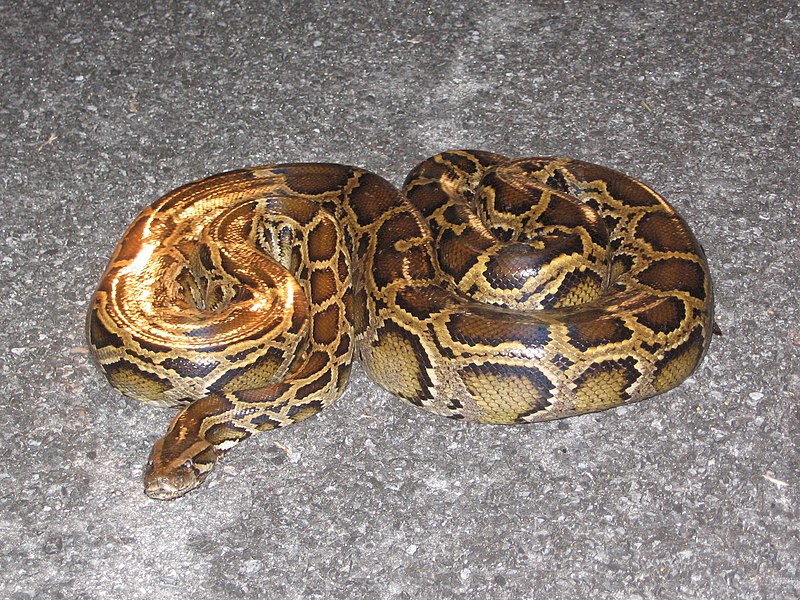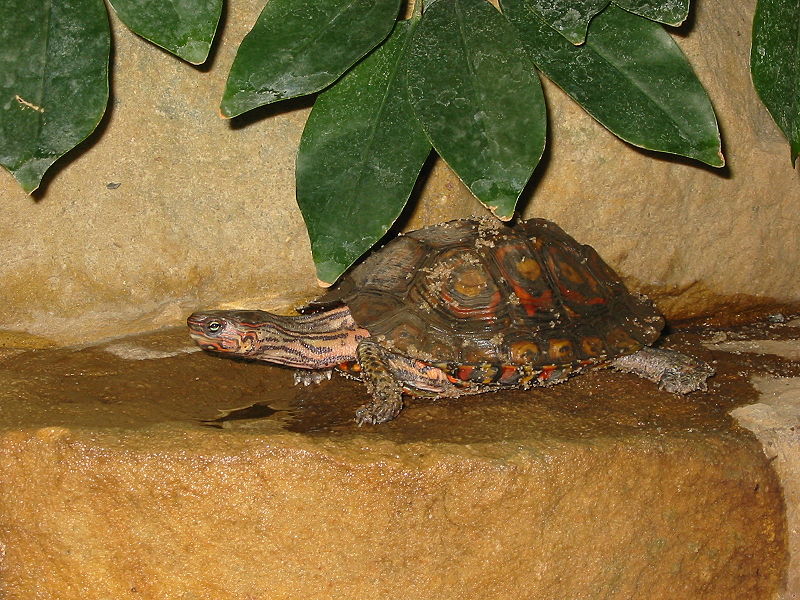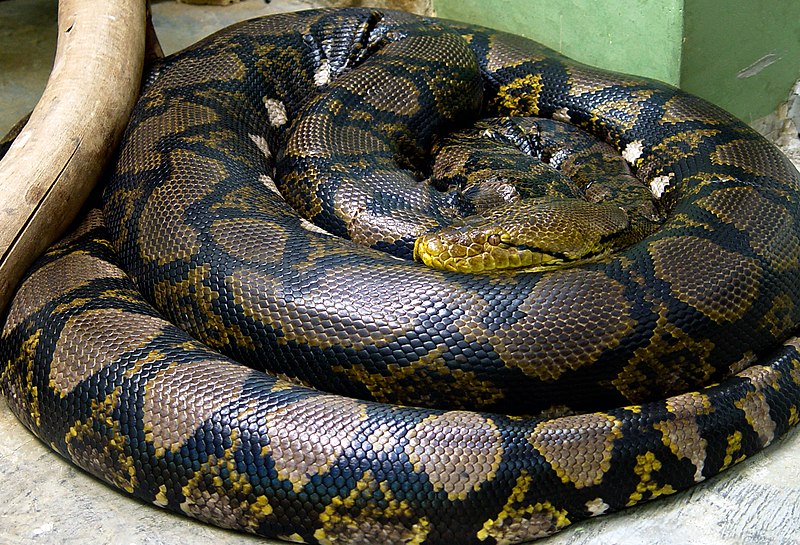 This is the first in a new series of what I’ll call “Myth-Buster Articles”, which will focus on beliefs or practices that have aroused debate in the herpetological community. After reviewing the available research and my own and others experiences, I will attempt to sort fact from fiction. Today I’ll highlight the recent studies that have sought to determine if introduced Burmese Pythons, Python molurus bivittatus (a.k.a. P. b. bivittatus) may eventually spread north and west from their current strongholds in South Florida. Links to the articles mentioned are included below.
This is the first in a new series of what I’ll call “Myth-Buster Articles”, which will focus on beliefs or practices that have aroused debate in the herpetological community. After reviewing the available research and my own and others experiences, I will attempt to sort fact from fiction. Today I’ll highlight the recent studies that have sought to determine if introduced Burmese Pythons, Python molurus bivittatus (a.k.a. P. b. bivittatus) may eventually spread north and west from their current strongholds in South Florida. Links to the articles mentioned are included below.
Studies comparing the climate in the USA with that in the Burmese Python’s native range (South and Southeast Asia), including one by the US Geological Survey, have predicted that the huge snakes may eventually range north to Delaware and southern Maryland and west to California. In all, 32 states were said to provide possible habitat. Read More »
 That Reptile Blog – Reptile, Amphibian and Exotic Pet Care and Information
That Reptile Blog – Reptile, Amphibian and Exotic Pet Care and Information



